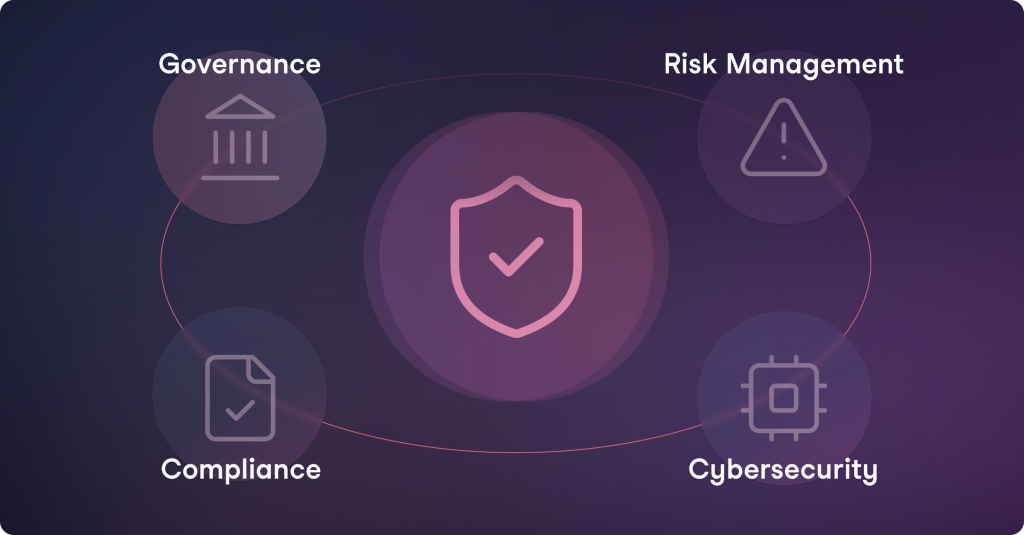Escrito por: Maisa Publicado: 27/06/2025

The biggest reason businesses hesitate with AI isn’t the technology. It’s the fear of what could go wrong.
In conversations with enterprise leaders, the same concerns keep coming up: What if sensitive data leaks? Can we explain every AI decision if regulators ask? How do we make sure the AI follows our internal policies?
A single misstep, an over-permissioned agent, a missing audit trail, a decision no one can explain, can break trust and create real risk for the company.
To move forward, AI systems need the same control and clarity expected from any other critical business tool. That means knowing exactly who can access what, understanding how every decision is made, and proving compliance at every step.
AI can be a powerful tool for business, but only when it’s deployed with the right structure around it. The hesitation many companies feel isn’t about what AI can do, but whether they can trust how it does it.
That trust comes from having visibility, control, and alignment with how your organization already works. AI shouldn’t operate on a separate set of rules. It should respect existing policies, access controls, and compliance needs.
At Maisa, we operate with a framework to support this from the ground up. It focuses on four pillars that give organizations confidence in how AI is used: Governance, Risk Management, Compliance, and Cybersecurity (GRCC).
AI adoption in enterprise settings depends on clarity, who can do what, with what data, and under which conditions. Governance ensures these boundaries are clear from the start.
Trust in AI depends on being able to understand, monitor, and verify what it does. Risk management adds transparency to the system and safeguards against unpredictable or unsafe behavior.
Regulatory expectations are rising, and AI systems need to meet them without slowing progress. A well-designed compliance layer makes it possible to stay aligned with standards while continuing to operate at speed.
AI systems must operate within secure boundaries, especially when handling sensitive data or interacting with core infrastructure. Cybersecurity ensures that deploying AI doesn’t expand the attack surface.
Security isn’t a barrier to AI adoption. It’s what makes real adoption possible.
The hesitation many teams feel around AI is not misplaced. It reflects a need for control, clarity, and trust. Especially when systems start making decisions or interacting with sensitive data. But those needs don’t mean AI must be limited. They mean it must be well-structured.
With the right architecture in place, AI can be deployed confidently, at scale, and in line with existing business practices.